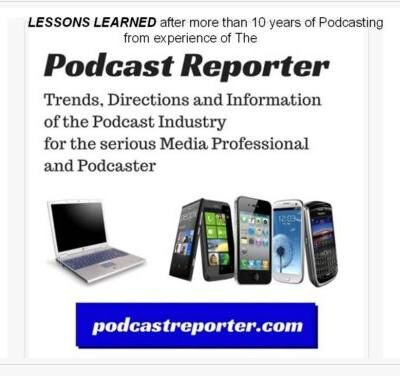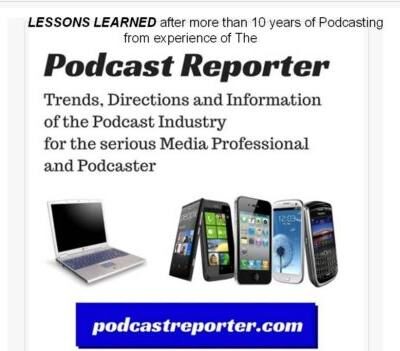Podcast: Play in new window | Download

In this episode of The Podcast Reporter Show, we discuss an activity that has taken place this year — the replacement of a radio station by a podcast studio. This story took place earlier in 2022, and it was highlighted in an article in the Podcast Business Journal. The student radio station was called “KEOL La Grande 91.7 fm.”
The publication was on 25 May 2022 in the Podcast Business Journal
Here is the summary from the article:
“The former student-run radio station at Eastern Oregon University is being converted to a podcast studio for students. KEOL was voted away in 2021 by the student fee committee due to the high cost of operating the station and reduced interest from students, according to The Observer in Oregon. The podcast studio will not requite student fees.
Students will soon be able to launch their own podcasts in the studio space.
Vice President of Student Affairs Lacy Karpilo told The Observer, “We wanted to make sure we still had something exciting in that space for the students. It still allows for the spirit of what the radio station was, but utilizes the technology and expertise we have without the same funding issues as with the radio station.”
This was quite startling for myself, as my own alma mater has had for the past 60 years a local fm radio station (and it still has today). Not only is it a good training ground for those who want to enter the broadcasting arena in the major of Communication Arts, but it gives them plenty of experience. Well, the funding of a real fm radio station requires some commitments on the part of the school.
In this case, the funding easily lost out to the desire of the students to get into the area of podcasting.
Now, do I myself see this trend growing? I think so. It only makes sense, since many of the students themselves interested in the podcasting arena probably have quit listening to radio. And with the low cost of podcasting, it is easy to see how the popular medium can replace the expense of a real fm local radio station
Do I feel that this will continue and that we will see more of this type of conversion going on in the future.
I do.
A local podcast studio for the students — especially if there are dormitories or housing on the campus — will provide a great benefit for them. What I would be more interested in would be if the school had courses in podcasting taught at the site, so that the benefit of a real podcasting studio could be maximized by the students themselves.
At this point, we can begin to see a trend where the cost of a local radio station may give in to a podcasting studio for the student body in a university or college. And I will keep checking to see if my old alma mater will continue to support and fund its old radio station or go in the direction of KEOL La Grande 91.7fm.
Thank you for your attention.
Copyright (c) 2022, Matrix Solutions Corporation and michaelandmike.com and PodcastBusinessJournal.com. All rights reserved.
